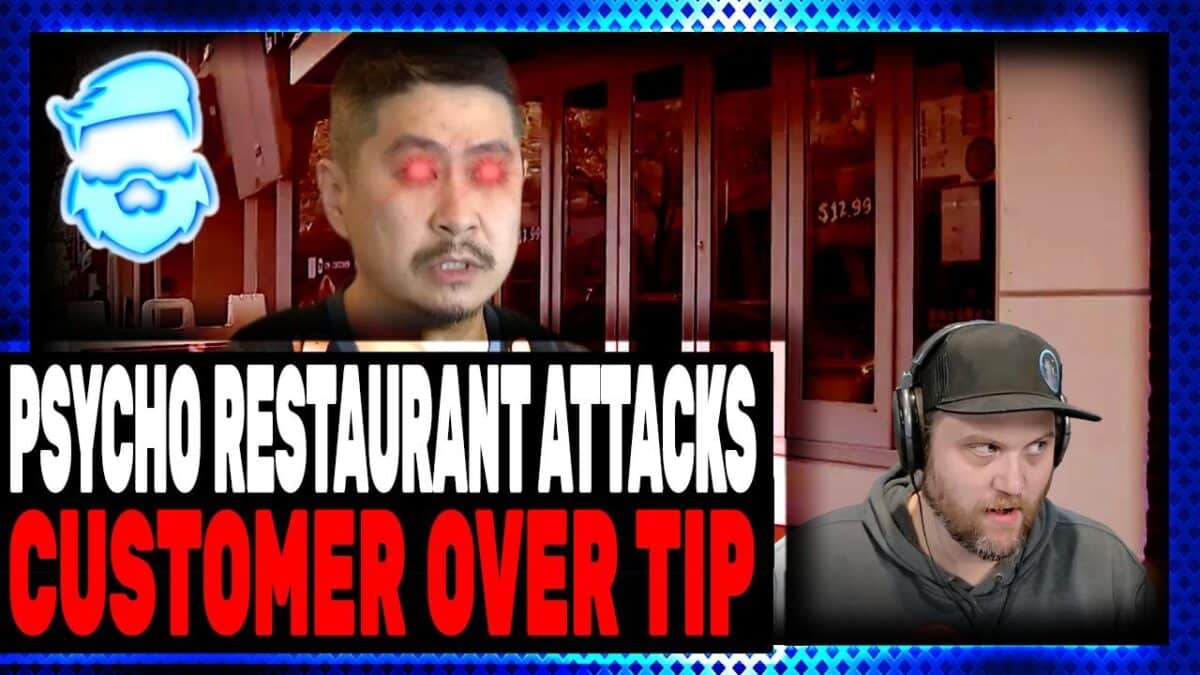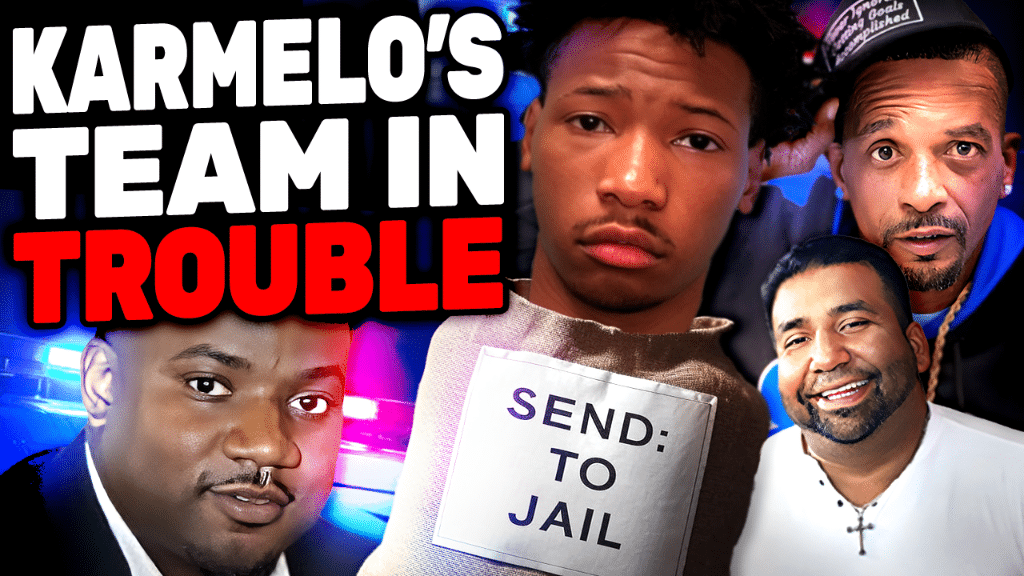
Thugs Attack Papa Johns Delivery Man & RIOT On Carnival Cruise! NYC WARZONE Captured On Video!
April 30, 2025
Kamala Harris BLACKOUT DRUNK On Stage Last Night! Spreads INSANE Trump Lies & Get’s ROASTED By Fans
May 1, 2025Restaurant Owner Pursues Customer Over Tip, Incident Goes Viral Amid Tipping Culture Debate
We here at The Quartering have been tracking a wild story highlighting a serious problem with tip culture. It involves a restaurant owner who reportedly chased a customer down the street over a tip, leading to intense backlash and putting the spotlight firmly back on how tipping works in the US.
For years, the standard model has been that waitstaff make a lower hourly wage and rely on tips to survive. However, as customers become more aware of this system, many are less inclined to leave tips, effectively feeling like they are subsidizing large restaurant businesses so those businesses can pay employees less. Restaurants often argue that paying higher wages would necessitate raising food prices, a point we’ve always viewed as nonsense, as they could simply adjust prices if they chose to.
The incident we’re covering involves Kenny Cho, the owner of Table of Sticks ramen. According to reports and footage captured by the customer, a dispute arose after a customer paid for his $19.89 meal with a $20 bill and did not leave any additional tip. The owner, Kenny Cho, then reportedly sprinted after the customer, confronting him.
The customer questioned why Cho was following him down the street. Cho’s response, as heard in the footage, indicated his expectation for an 18% tip. “How is my staff supposed to make money?” the owner reportedly asked. The customer’s retort was straightforward: “raise your prices, dude,” emphasizing that he had paid for his food and that the owner could not charge more than the amount paid.
Despite the customer stating he had paid and asking Cho to get back, the owner allegedly continued to follow him. The situation escalated, with shouting from both sides. Footage shows the customer telling Cho he was acting “buck f****** crazy” and that he was about to “blow up on social media” and “put your spot on the map”.
And blow up it did. The video of the confrontation reportedly racked up 1.3 million views on X and Instagram, drawing significant attention.
The fallout for Table of Sticks was swift and severe. The restaurant, which previously had overwhelmingly positive reviews praising its ramen and cozy vibes, was reportedly flooded with bad reviews after the video went viral. Its Yelp page was frozen, and the owner reportedly took down the restaurant’s phone line and social media accounts. A protest was even organized with the stated goal to “shut this restaurant down”. While organizers claimed the video displayed anti-Black harassment, we honestly don’t see anything in the footage or reports we reviewed that suggests race was a factor in this specific incident. We believe those focusing on race here are out of line.
Kenny Cho has since issued an apology, calling it a “deeply regrettable moment” where he “lost my composure” and admitting he “stepped out far beyond my bounds of respect and decency”. He has reportedly attempted to make amends, including sending the customer’s brother a free meal and a handwritten apology.
We’ve said it before, and we’ll say it again: while the owner’s reaction was clearly out of line, we believe both parties were in the wrong in this specific confrontation. However, the owner pursuing the customer certainly escalated the situation significantly.
This incident isn’t isolated. We’ve seen other recent examples highlighting tensions around tipping, such as reports of DoorDash drivers cursing at customers or refusing to hand over food orders over tip amounts. For us, the expectation of tipping depends on the service model. If you order DoorDash, you absolutely should tip. However, if you’re at a place with minimal service, like counter pick-up, not tipping is perfectly fine. For standard sit-down service with some interaction, a few bucks or a reasonable percentage is typical. Expecting someone to be chased down the street over not leaving a tip on a $20 purchase is completely unreasonable. A $5 tip on a $20 tab, which is 25%, is more than fine. If a service worker isn’t happy with a tip amount, they didn’t have to accept the job or the specific order in the first place.
This whole situation is a prime example of how the current tipping system creates unnecessary conflict.












